The Tivoli Gardens near Rome, Monster Parks & More
How very strange it is to walk through these gardens and retrace the footsteps of Roman Emperors, Popes, and other giants of centuries past.
The beauty of today is much as it must have been in those times. Each garden and each villa is unique, and although I have wandered through them on many occasions and dreamed of sharing the emotion and beauty through words or pictures.
I have never been up to the task. Thank goodness then for one of our friends, on our Facebook page, by the name of Alberto Franceschini.
Alberto has succeeded where I have failed and captures the light, the atmosphere, and the emotion of the Tivoli Gardens wonderfully. He also shared a few thoughts on the gardens and the villas; this is what Alberto has to say:
"They are very different:
Villa Adriana (Hadrian's Villa) was built by Emperor Hadrian. It's a huge town, and I like it for the glory of ancient Rome, which is so evident in all the archeological monuments.
Villa d'Este is a fine example of Renaissance architecture and the Italian Renaissance garden.
Villa Gregoriana has a great waterfall (the second best in all of Italy), and it's an example of the romantic garden style, more naturalistic than artistic.
All three are beautiful and unique for different things."
Villa Gregoriana
Villa Gregoriana is a splendid fusion of natural beauty and ancient history. Pope Gregory XVI was responsible for organizing the gardens into their present form in the 19th century. His grand vision involved the monumental task of diverting the Aniene River, ingeniously creating the cascading waterfall that now serves as the garden's stunning centerpiece. This ambitious project not only controlled the river's frequent flooding but also enhanced the landscape's dramatic beauty, transforming it into a paradise.
The gardens are a sanctuary of tranquility, offering breathtaking views of deep gorges, lush vegetation, and sparkling waters. Integral to this picturesque setting are the Roman temples, remnants of a bygone era that punctuate the landscape. Each step reveals a new vista, a hidden grotto, or a scenic overlook, making your visit a delightful adventure through nature's artistry and human ingenuity.
Villa Adriana/Hadrian's Villa
Emperor Hadrian, known for his extensive travels and passion for Greek and Egyptian architecture, poured his heart and soul into creating Villa Adriana. The villa is a sprawling complex of palaces, theaters, baths, and gardens, each element meticulously designed to reflect the emperor's eclectic tastes and grand vision.
Many people say that this is the greatest of all Roman villas, a true masterpiece of ancient engineering and design. The beautiful architecture remained unmatched until the Renaissance times, when artists and architects looked to Hadrian's Villa for inspiration.
Walking through the ruins of Villa Adriana, you can almost feel the presence of the great emperor himself, overseeing the construction of his dream abode. The grandeur of the Canopus, an elongated pool surrounded by statues and columns, and the serene beauty of the Maritime Theater, a circular island villa within the villa, are just a few of the highlights that showcase the villa's unparalleled opulence.
Villa D'Este
Built for Cardinal Ippolito II d'Este in the 16th century, this exquisite villa and its breathtaking gardens have captivated visitors for centuries with their sheer beauty and artistic brilliance. It is a place where history, art, and nature harmoniously converge, creating a timeless masterpiece that continues to enchant all who visit.
The villa itself is a marvel of Renaissance architecture, boasting intricately decorated rooms adorned with frescoes, ornate ceilings, and luxurious furnishings that reflect the Cardinal's refined taste and status.
But it is the gardens that truly set Villa d'Este apart as a gem of the Renaissance. Stepping into these gardens is like entering a fairy tale, a magnificent symphony of fountains, grottoes, terraces, and statues, all meticulously designed to create a sense of wonder and awe.
The Fountain of Neptune, with its powerful jets of water, and the Hundred Fountains, a series of spouts creating a mesmerizing cascade, are just a few of the highlights but each corner reveals a new surprise—a hidden grotto, a tranquil reflecting pool, or a panoramic view of the surrounding countryside.
More from Alberto...
Since we added the photos of the Tivoli Gardens, Alberto has sent us more pictures of three wonderful and not-well-known places in the area of Tuscia (north Latium/Lazio).
Giardino di Bomarzo - "The Park of Monsters"
Dating back to the 16th century, this "Park of Wonders" is like nowhere else on earth. It was designed by Pirro Ligorio (the architect who completed Saint Peter's Cathedral on the death of Michelangelo). You can read more about its mysteries here.
Villa Lante in the Village of Bagnaia
Villa Lante has one of the best gardens in Europe, a Mannerist garden full of delightful discoveries and unexpected views. The villa and village are to be found near Viterbo, in central Italy.
Palazzo Farnese/Villa Caprarola,
Also known as Villa Caprarola, which is the town 50 km from Rome, where it is found. Palazzo Farnese is a splendid example of Manierist and Renaissance architecture, with rooms, corridors, and stairways completely frescoed. The name Villa Caprarola is now most commonly used to avoid any confusion with Palazzo Farnese and the Villa Farnesina in Rome.
Abbey of San Galgano (Siena)
In the enchanting Tuscan countryside near Siena, one of Italy's loveliest towns, you will find, the Abbey of San Galgano is a remarkable medieval Cistercian monastery from the 13th century. Its stunning roofless ruins create a dramatic and awe-inspiring atmosphere. Don’t miss the nearby Chapel of Montesiepi, which houses the legendary Sword in the Stone.
Please Book with Us... Maria here, if you enjoy my site I'd love your support.
Simply book your next trip anywhere (not only to Italy) via the link below or with any of the hotel links on the website.
You'll get the best deal available and the income I receive helps me to remain independent and to keep bringing you more of beautiful Italy.
More Travel Tips:
- Book your tickets to museums and other attractions in advance on Tiqets.com
- Book your accommodation. Booking.com and Agoda help you to book accommodation in advance
- Book your excursions. Wherever you go, make the most of your time! Excursions with professional guides will help you do this - choose a location and the best option for yourself on Viator or Getyourguide
- Book your car. At least a month before is best. Use Discover Car Hire.
- Cash Back on Flights: Great deals & money back with WayAway
- Get peace of mind when traveling. Get insured with VisitorsCoverage.com
- Home
- Stories/Photos from Across Italy
- Tivoli Gardens Near Rome
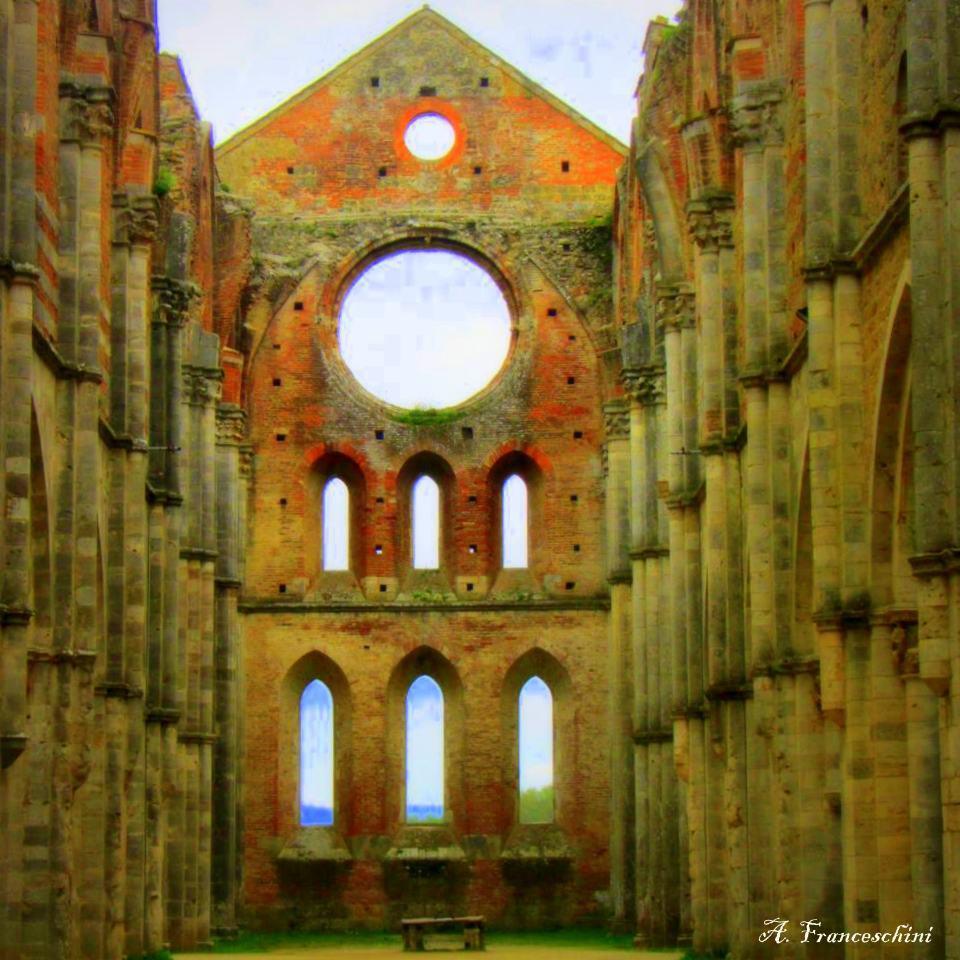
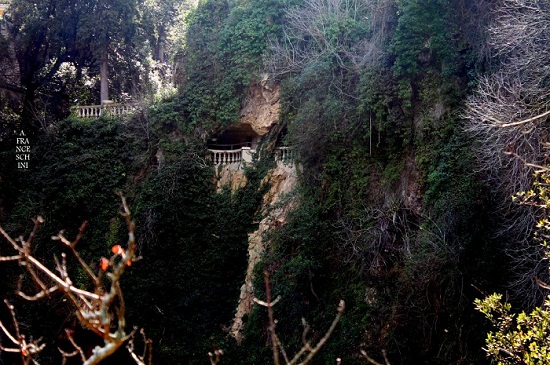
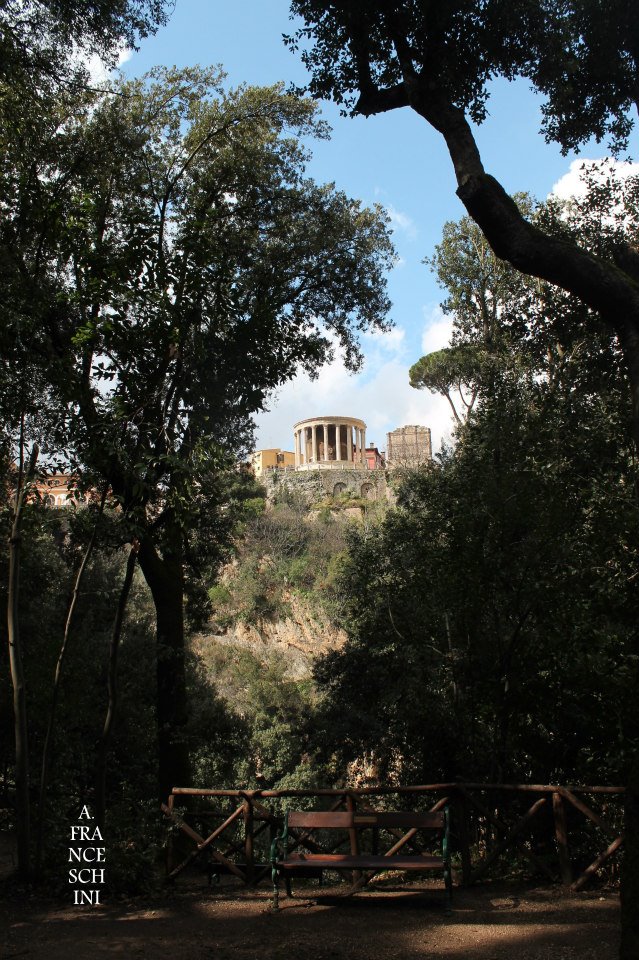
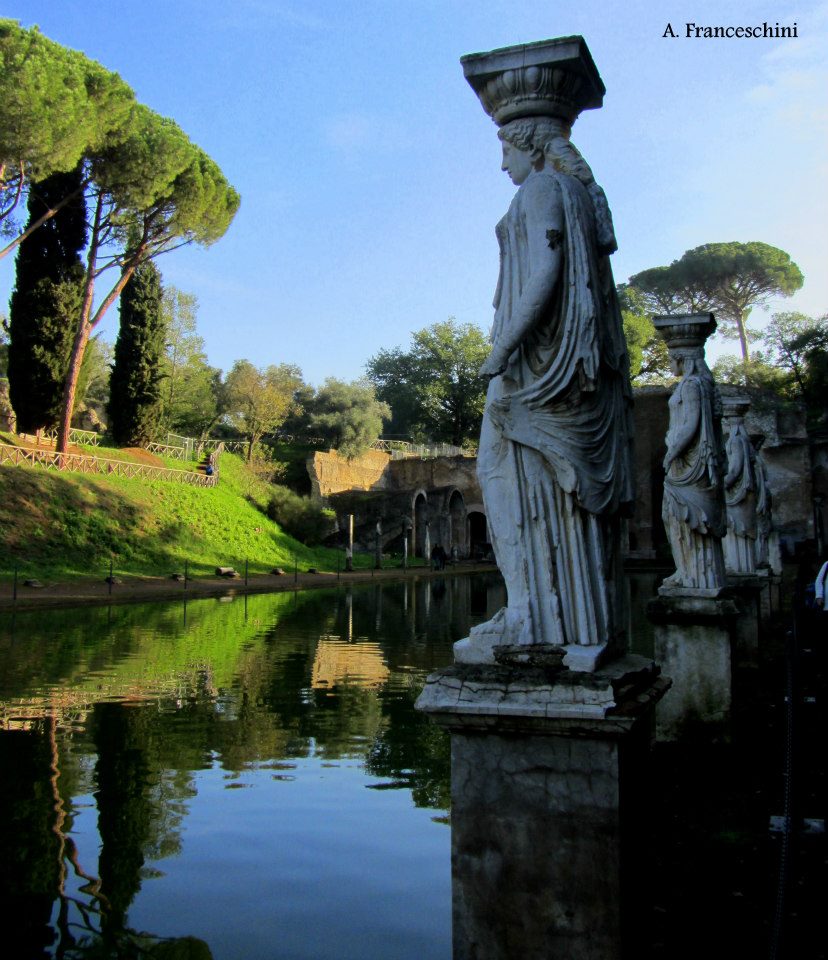
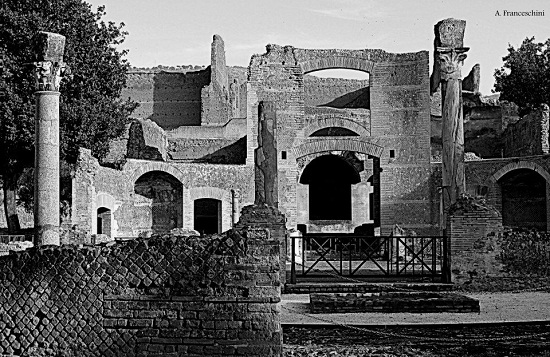

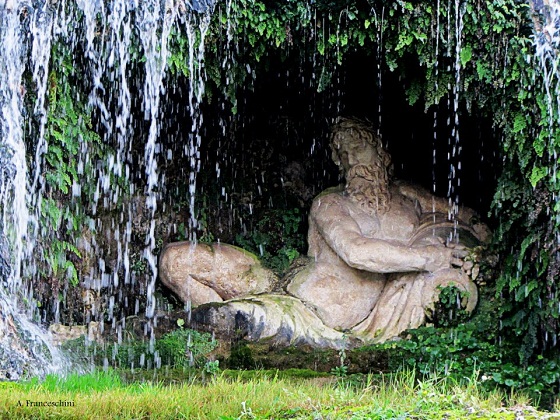
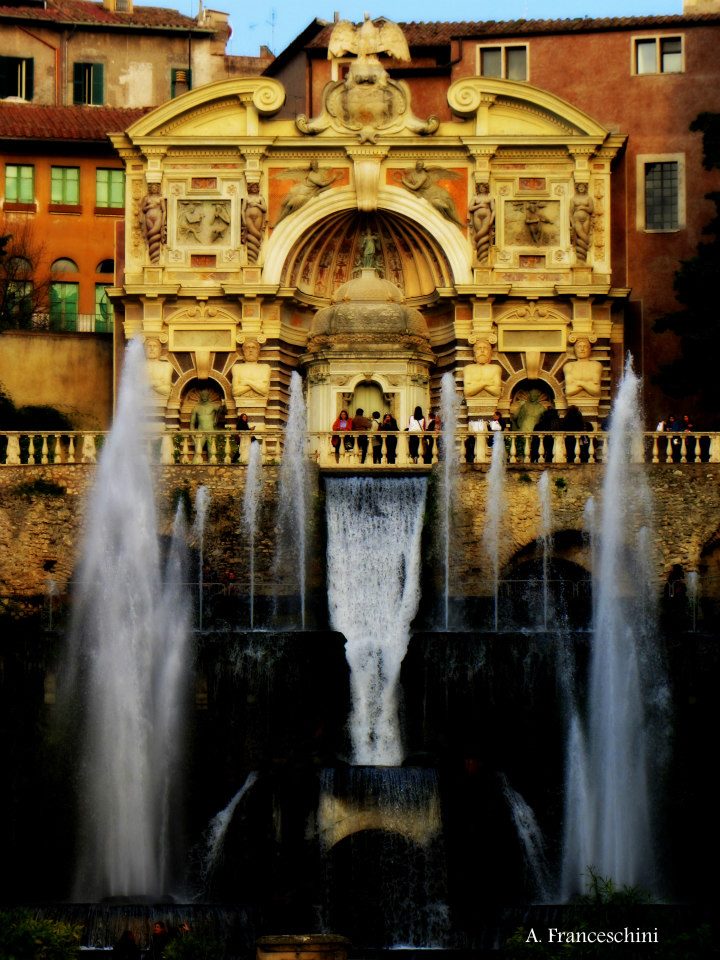
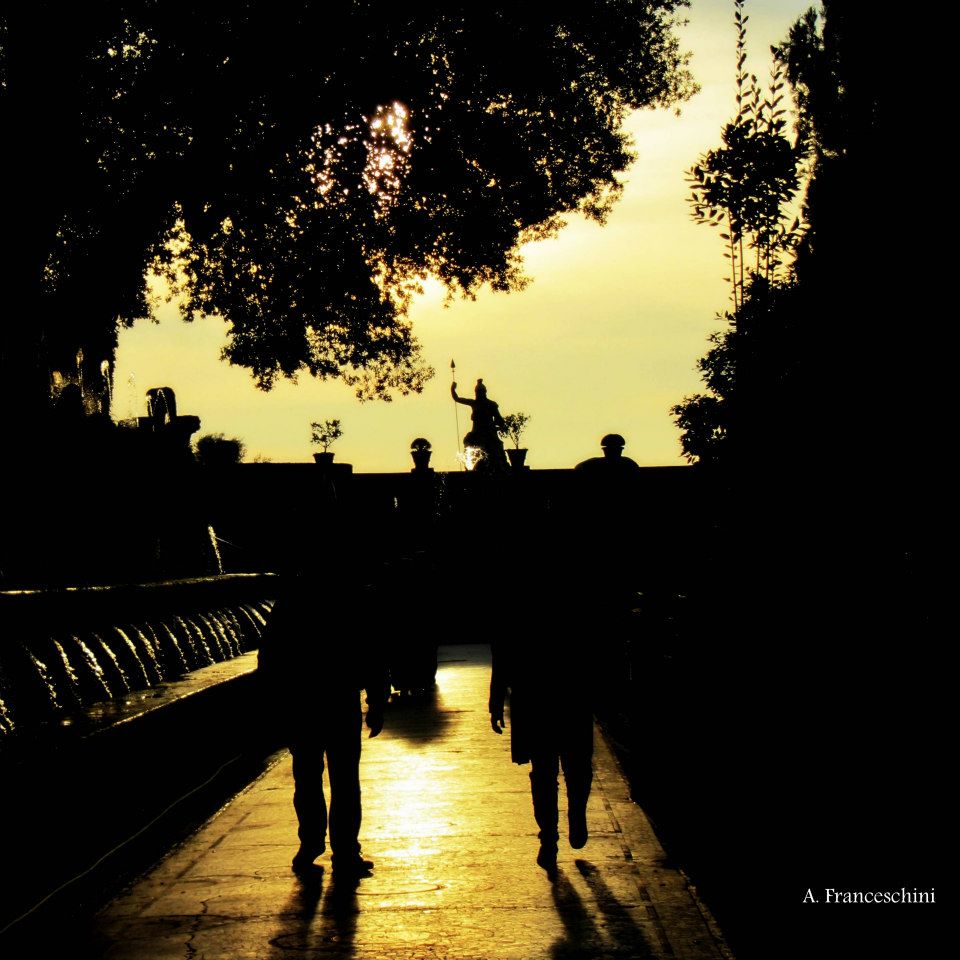
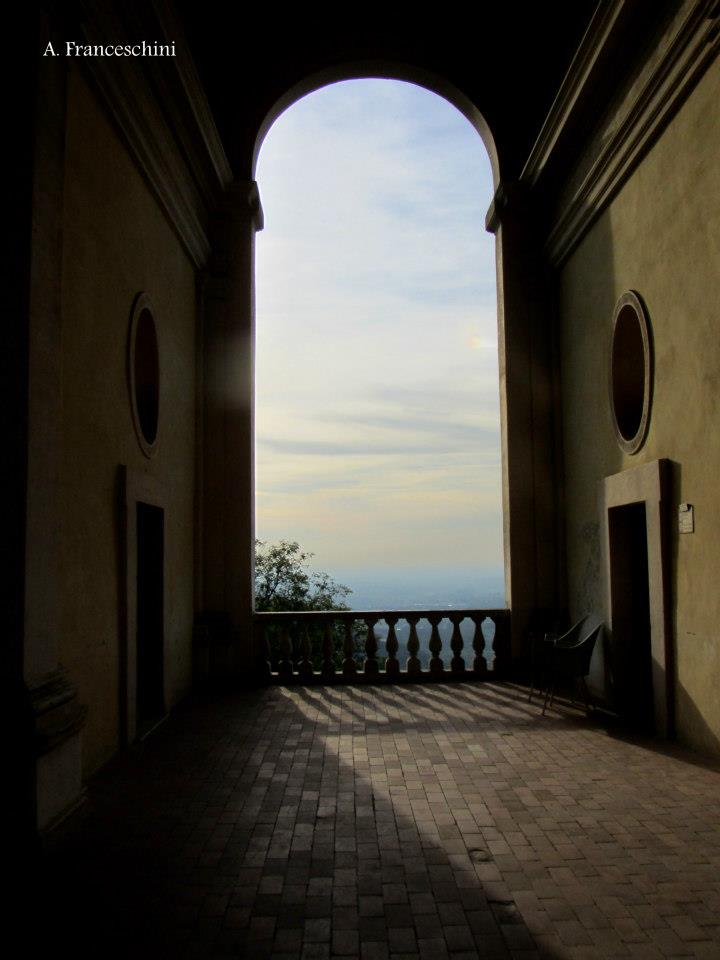
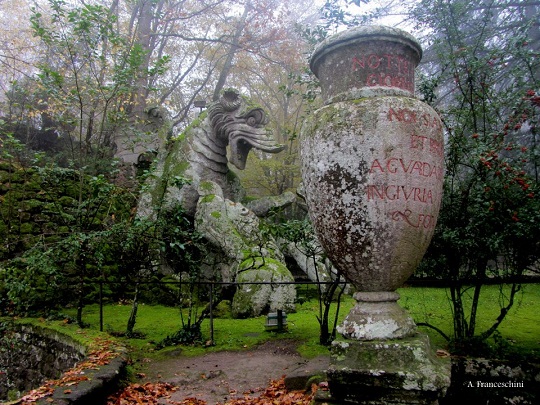
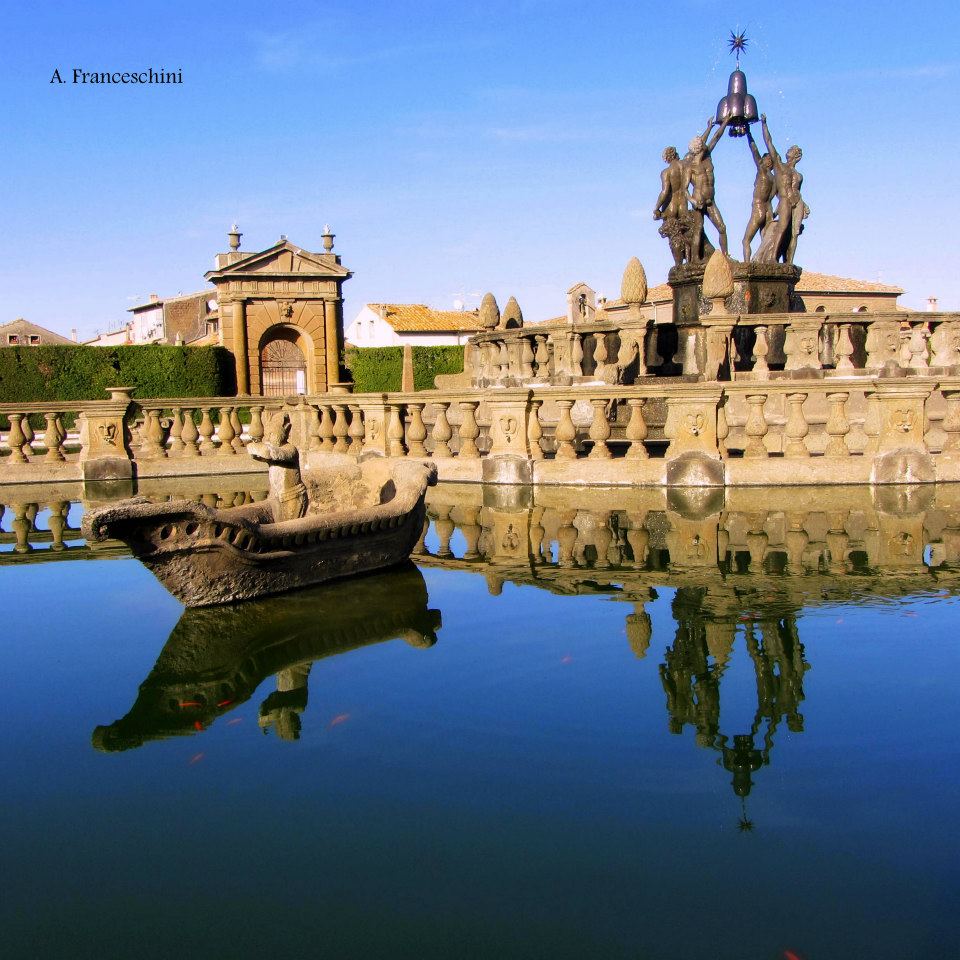
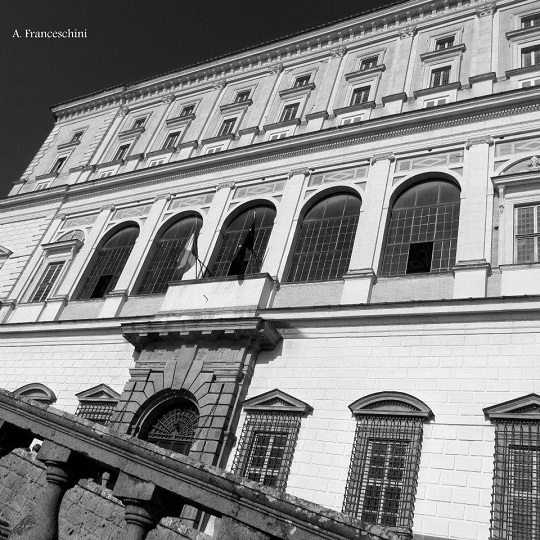
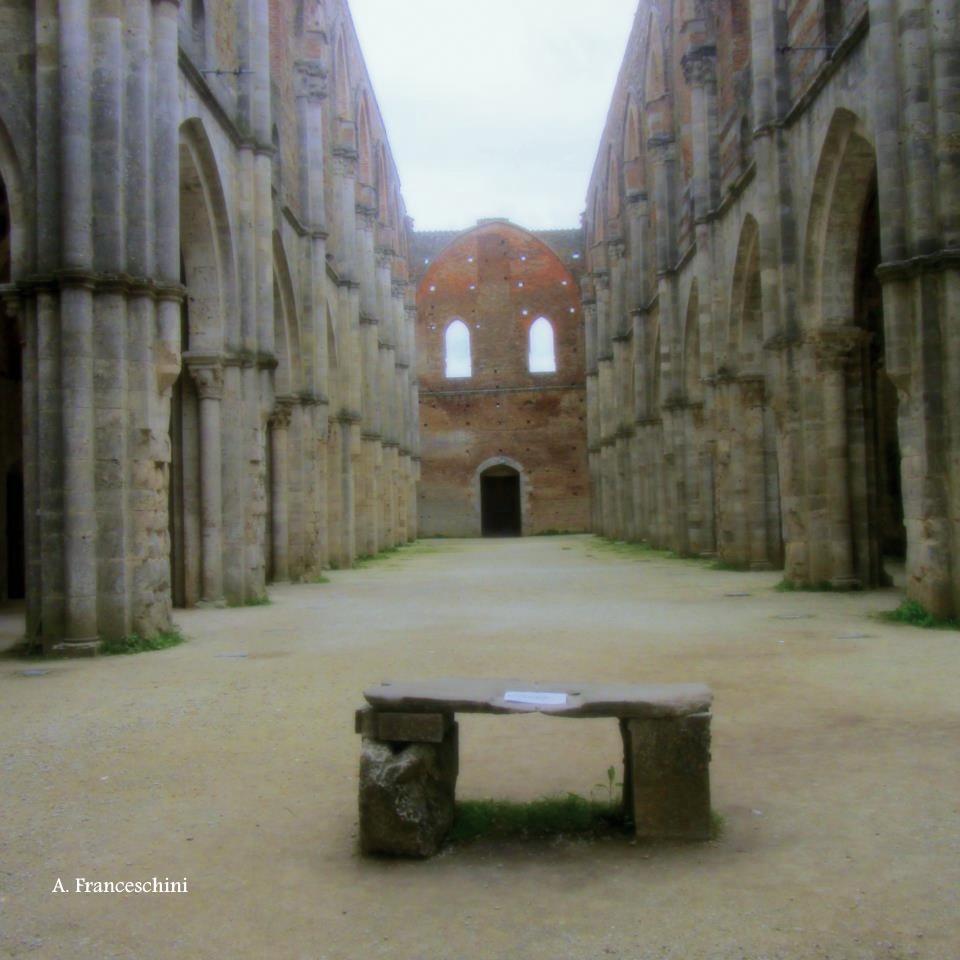
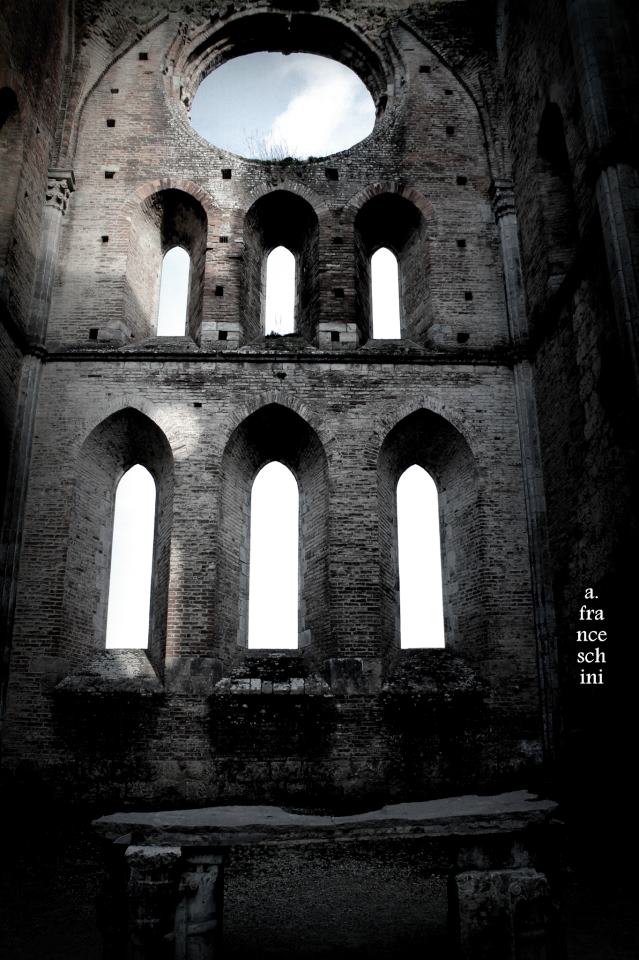
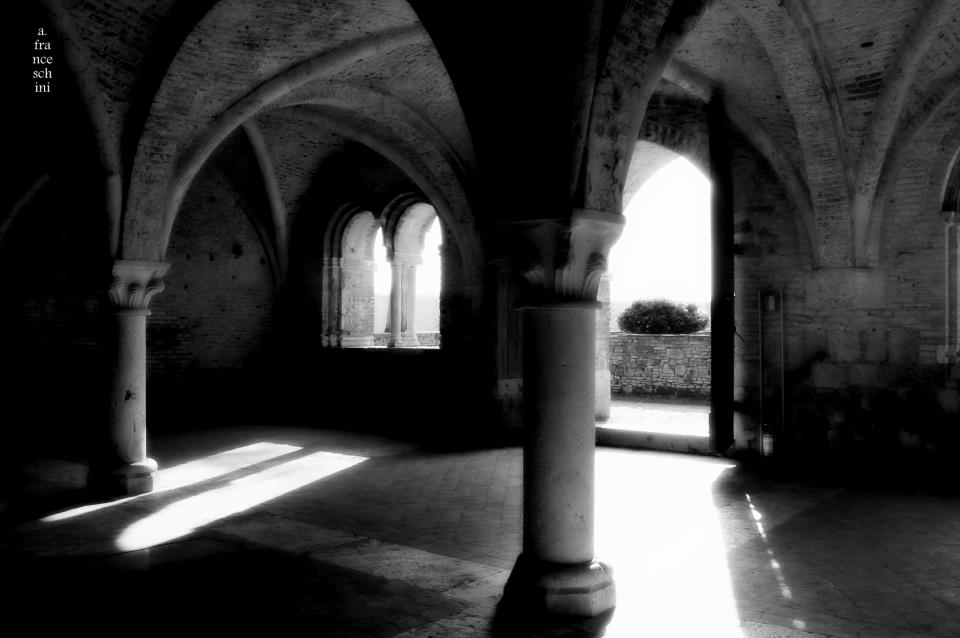
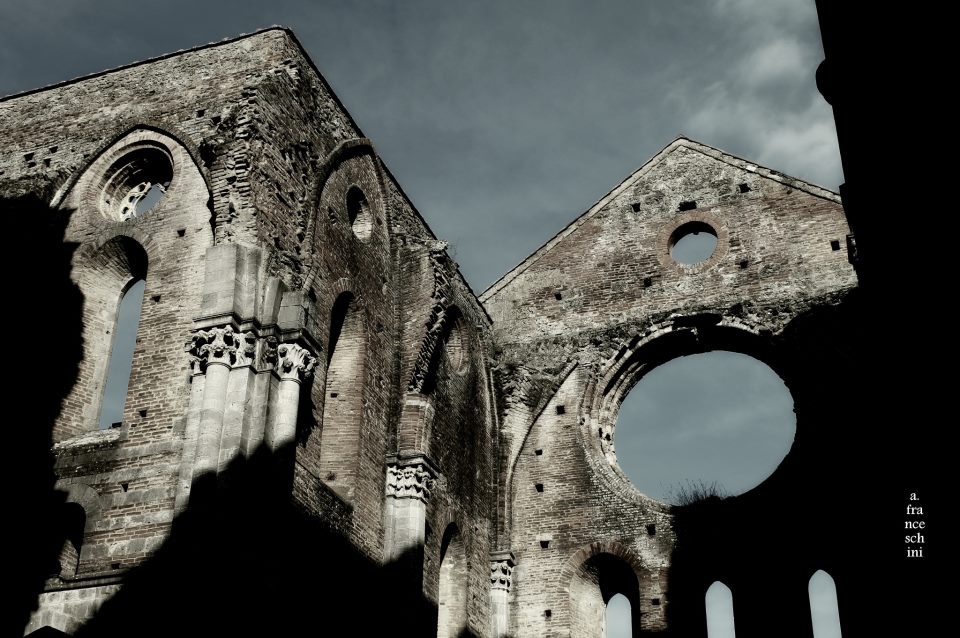











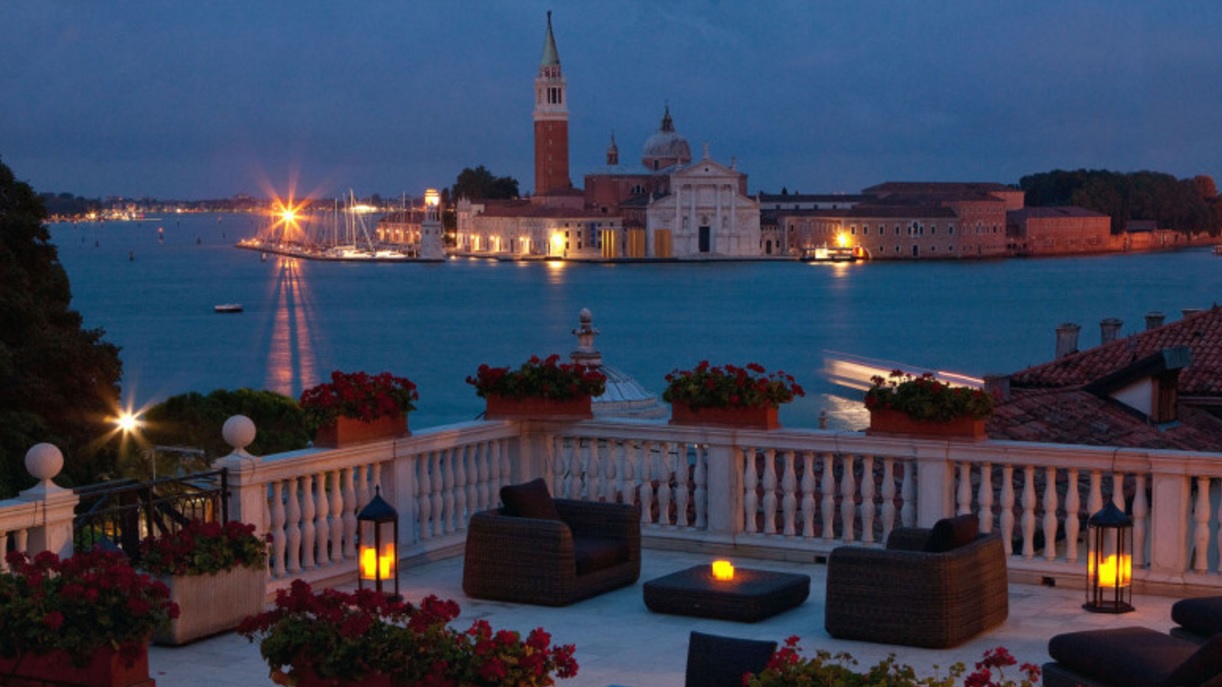





New! Comments
Have your say about what you just read! Leave me a comment in the box below.